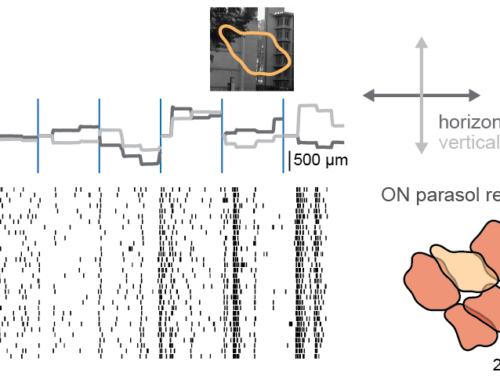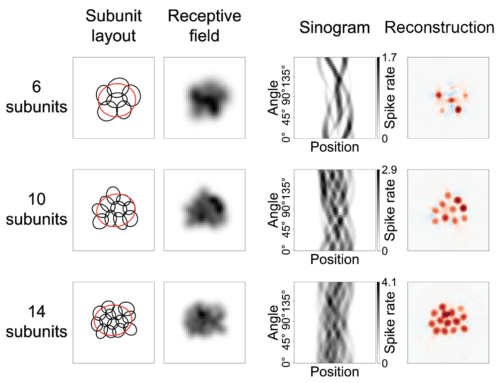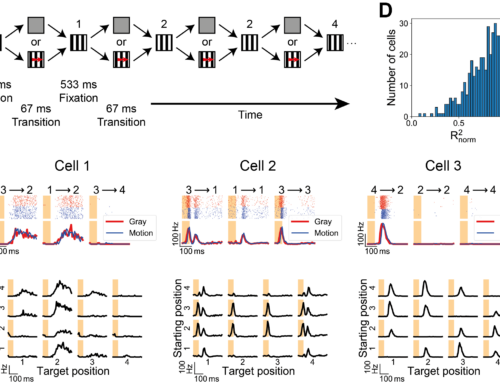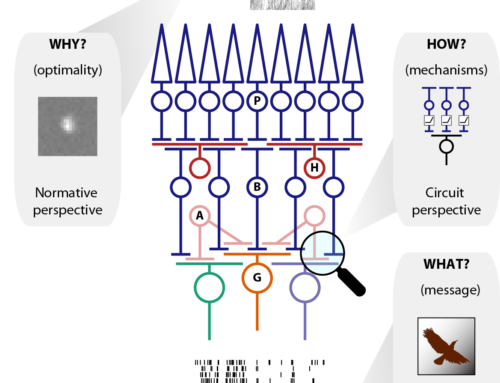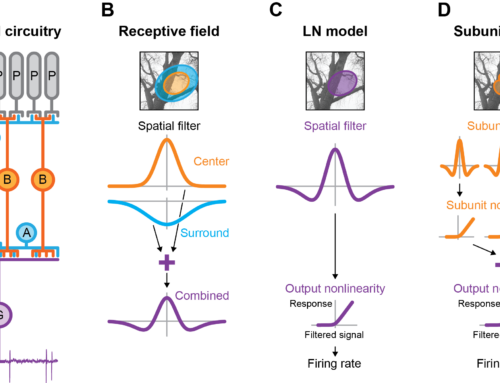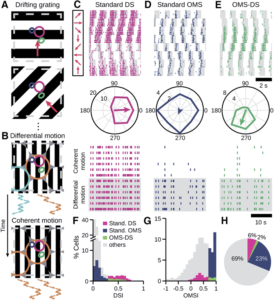
Joint Encoding of Object Motion and Motion Direction in the Salamander Retina.
The processing of motion in visual scenes is important for detecting and tracking moving objects as well as for monitoring self-motion through the induced optic flow. Specialized neural circuits have been identified in the vertebrate retina for detecting motion direction or for distinguishing between object motion and self-motion, although little is known about how information about these distinct features of visual motion is combined. The salamander retina, which is a widely used model system for analyzing retinal function, contains object-motion-sensitive (OMS) ganglion cells, which strongly respond to local motion signals but are suppressed by global image motion. Yet, direction-selective (DS) ganglion cells have been conspicuously absent from characterizations of the salamander retina, despite their ubiquity in other model systems.Wehere show that the retina of axolotl salamanders contains at least two distinct classes of DS ganglion cells. For one of these classes, the cells display a strong preference for local over global motion in addition to their direction selectivity (OMS-DS cells) and thereby combine sensitivity to two distinct motion features. The OMS-DS cells are further distinct from standard (non-OMS)DScells by their smaller receptive fields and different organization of preferred motion directions. Our results suggest that the two classes of DS cells specialize to encode motion direction of local and global motion stimuli, respectively, even for complex composite motion scenes. Furthermore, although the salamander DS cells are OFF-type, there is a strong analogy to the systems of ON and ON-OFF DS cells in the mammalian retina.
